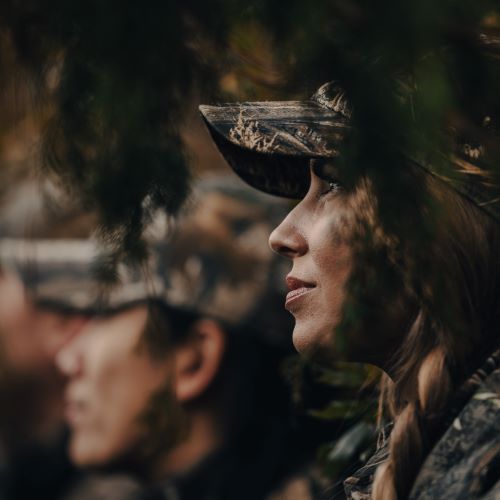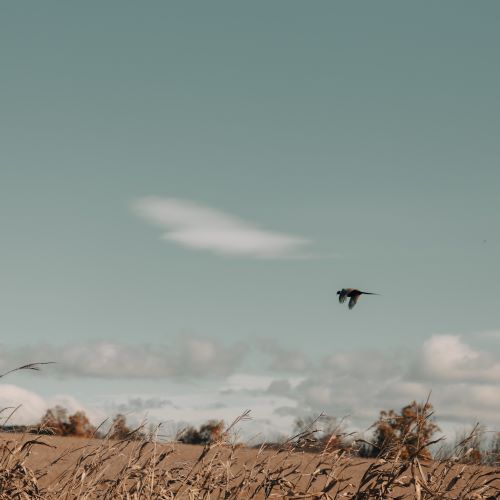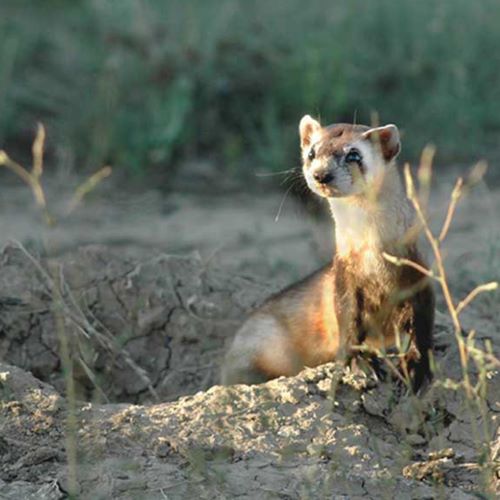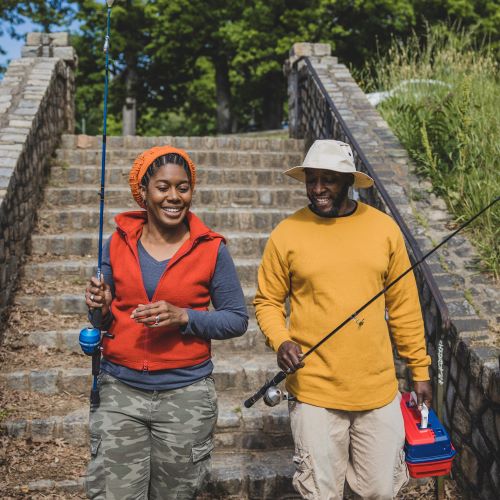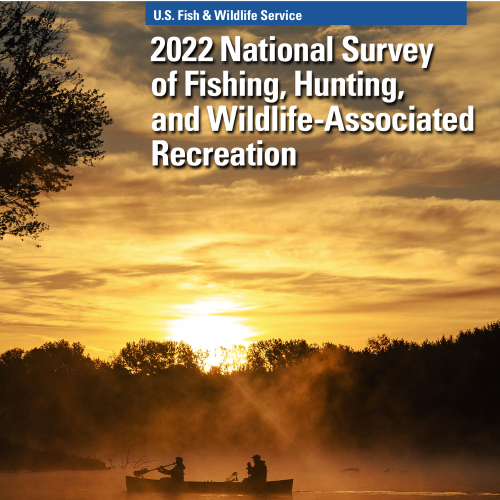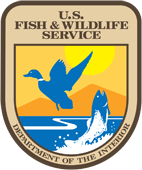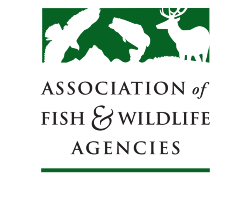Welcome
For over two decades, the Multistate Conservation Grant Program (MSCGP) has been firmly dedicated to preserving our nation’s fish and wildlife populations and conserving natural resources and crucial habitats.
The MSCGP was established through the Wildlife and Sport Fish Restoration Programs Improvement Act of 2000 (Improvement Act), which amended the Pittman-Robertson Wildlife Restoration Act and the Dingell-Johnson Sport Fish Restoration Act. Co-administered by the Association of Fish & Wildlife Agencies (AFWA) and the U.S. Fish and Wildlife Service (USFWS), the MSCGP seeks out the most pressing conservation needs from leading U.S. fish and wildlife biologists, managers, and professionals; then focuses on funding projects that specifically address those needs.
Each year, the MSCGP directs up to $11 million to support projects directly benefiting fish and wildlife conservation and state fish and wildlife agencies, as well as projects that provide a foundation for future management and conservation and for R3 grants that promote a national hunting and shooting sports recruitment program, including related communications and outreach activities.
The information presented in this database is intended only to be general summary information for public view. This information is not intended to be relied upon in circumstances where guaranteed - precise information is required.
SPOTLIGHT
Strengthening the Backbone of Conservation: Industry Partnerships and the Power of the Excise Tax
By Dr. Jon Gassett | Wildlife Management Institute
In the vast, interconnected world of fish and wildlife conservation in the U.S., few forces are as vital—or as underappreciated-as the excise tax-paying companies that help fund it all. These manufacturers, through taxes on hunting, shooting, angling, and boating products, currently provide approximately 1 billion dollars in conservation funding to agencies. This financial lifeblood supports our fish and wildlife resources and has been in place for almost a century. And yet, sustaining this model requires more than dollars–it requires relationships, understanding, and a shared purpose.
Since its inception, the American System of Conservation Funding (ASCF), as it is commonly known, has supported everything from habitat restoration and wildlife research to boat ramp construction and shooting range development. But back in 2006, a pivotal meeting among industry leaders and state agency directors revealed troubling cracks in the system. Many businesses felt alienated, questioning how their tax dollars were being used. Meanwhile, state agencies struggled to connect with the very industries they relied on. This first meeting among industry and agency leaders lead to another and another. For the next 14 years, the annual Fish and Wildlife Business Summit brought together the key players involved in the ASCF to build relationships, solve problems, and improve the understanding of all sides of this important equation.
The Wildlife Management Institute (WMI) has tackled this disconnect head-on. The first Industry Multistate Conservation Grant was secured by WMI in 2012 and focused on the relationship and communications aspects of the conservation funding model by providing sustained engagement, technical guidance, and targeted outreach to federal and state leaders as well as those from industry and conservation non-profits. Over the course of a decade and a half, WMI has used a series of MSCGs to help to bridge the gap between manufacturers and fish and wildlife agencies. It’s a strategy grounded in collaboration, transparency, and respect.
Featured Grants
